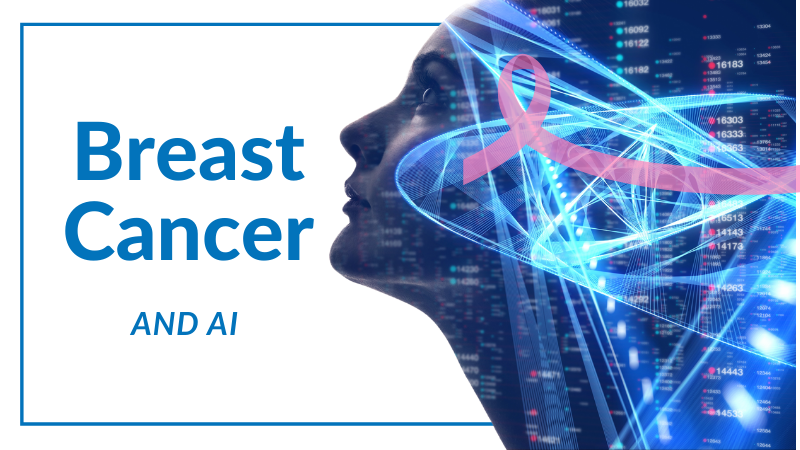
- Blog /
- May 19, 2022
Artificial Intelligence and Radiology
Artificial Intelligence (AI) is quickly becoming one of the most used technologies in today's society. The relationship between radiology and AI is still at a development stage, and it may understandably be met with skepticism, curiosity and fascination. Most AI companies realize that at this stage, AI can not completely take over the medical field by replacing radiologists. Especially on the consumer-end, the overall health care system needs to evolve more before people start feeling comfortable using AI on a standalone basis.
As an example of the baby steps that are being taken, the U.K. enforces a dual read screening protocol, which means that every mammogram must be read by 2 radiologists. As you might imagine, this is a horrendously difficult system to staff against as there simply are not enough breast radiologists. As a response, they have started to experiment on having one of the two readers be an AI. It is fair to say that AI-reading is quite accurate, however, the issue is that the training data is all demographic data. If the radiologist misses something, which can happen at times, then the AI will miss it too. The AI is not going to detect a mass in the middle of dense breast tissue that looks like breast tissue any better than a doctor with a trained eye.
With this limitation in mind, what Koning is working toward very diligently is having an AI that is particularly catered to the 3D dataset that we have built. It is a proprietary AI trained on proprietary data. Koning now has the largest cache of 3D CT -data on breast cancer. While there is still a lot of work to be done and more data needs to be fed into this training protocol, the hope is that we could have a CAD software that allows for much faster reading, a much easier transition for doctors, and ultimately a much larger and more accurate contribution of AI to the field.
